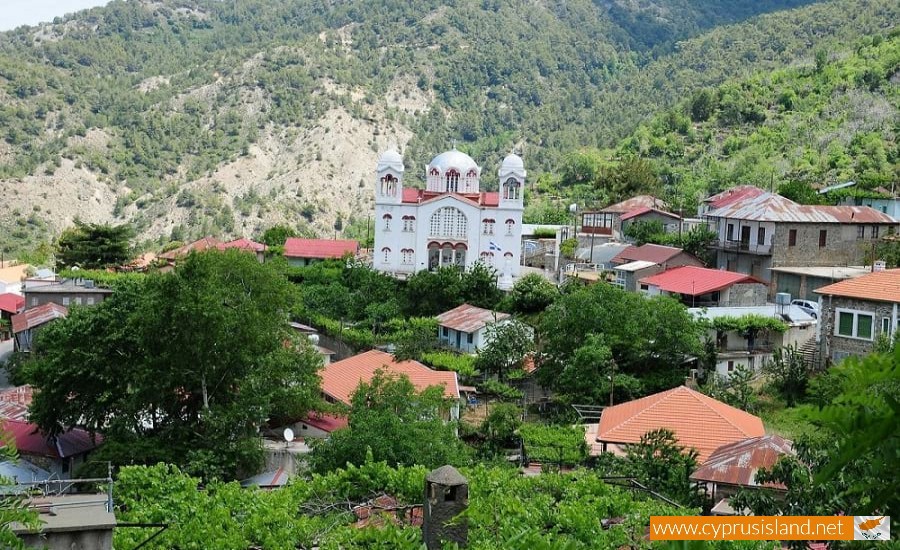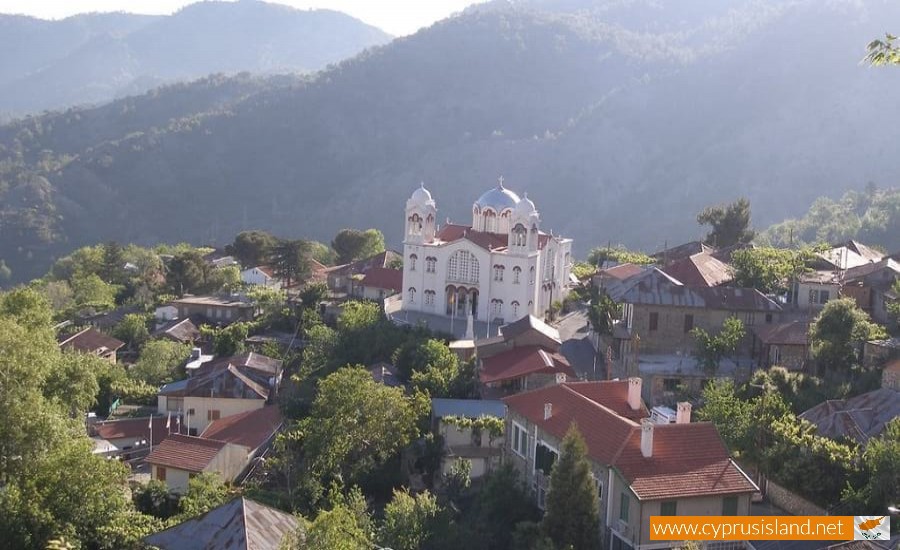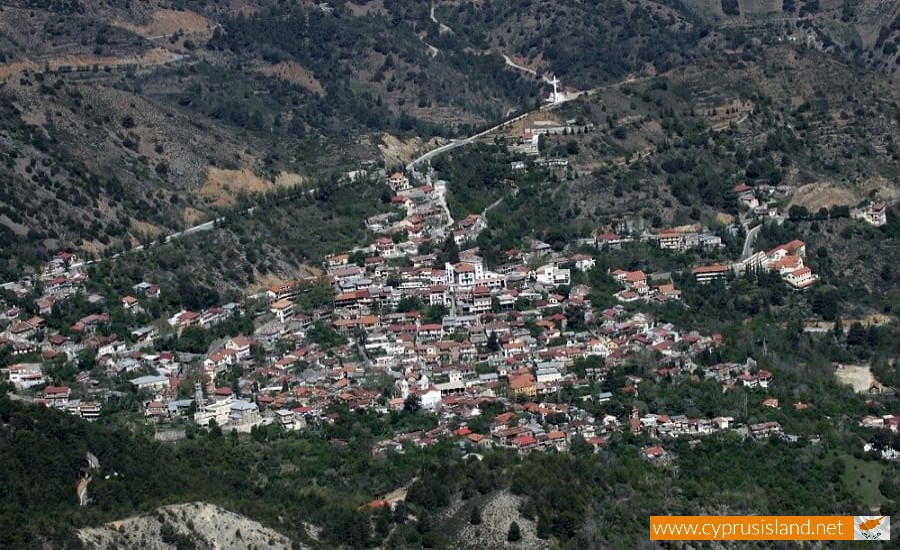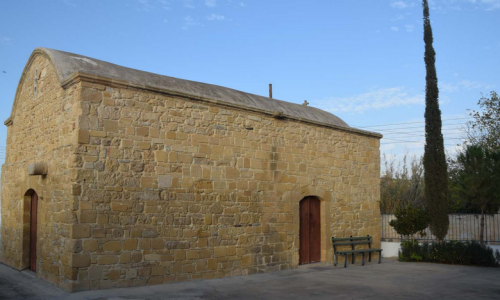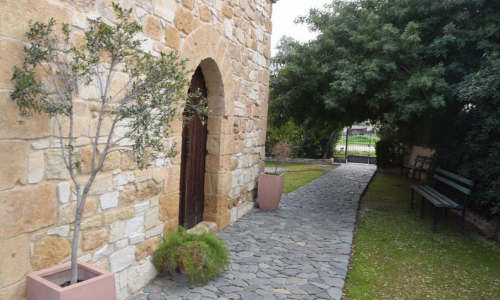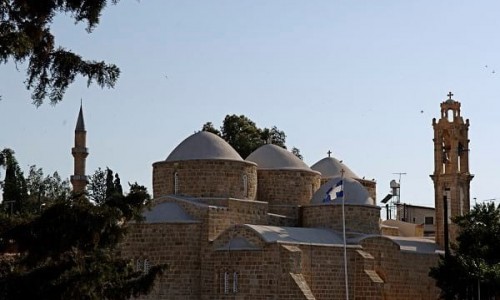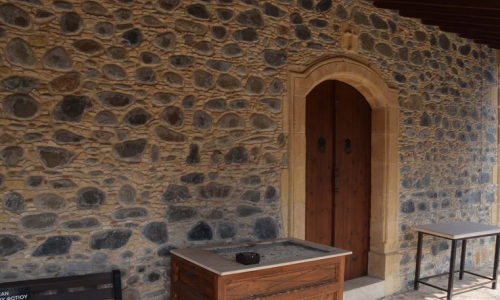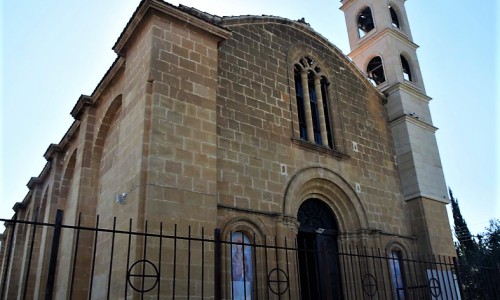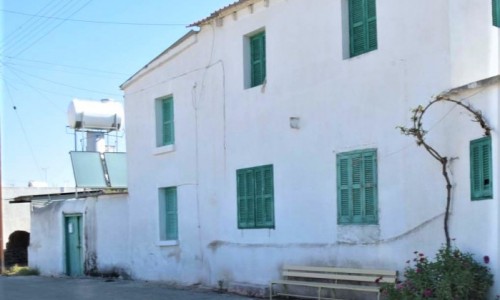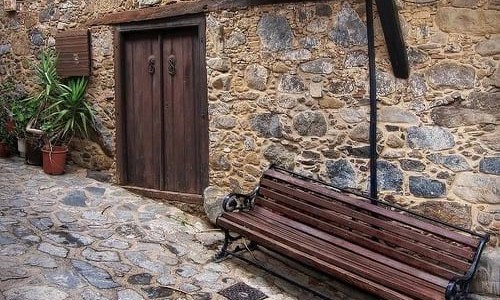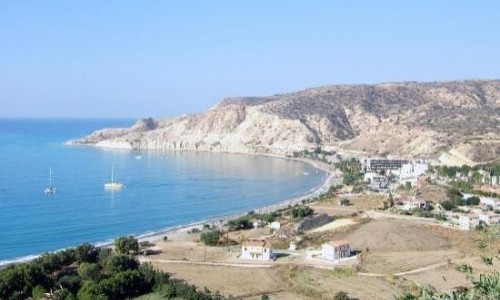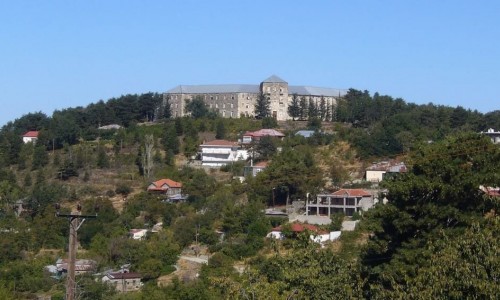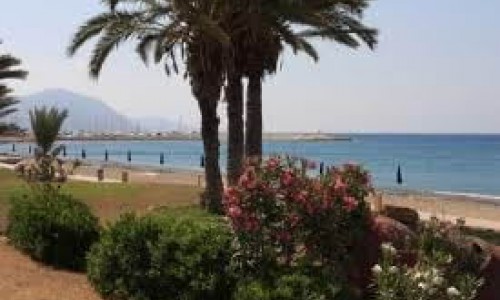Pedoulas Village
High in the folds of the Troodos Mountains, where pine forests meet crisp mountain air, lies the village of Pedoulas. Hidden in the fertile Marathasa Valley, this quiet settlement is a place where history, faith, and nature intertwine. Life here has always been shaped by the land, by the seasons, and by the deep rhythms of tradition that still guide the community today.
A Village of Slopes and Sunlight
Pedoulas sits at over a thousand meters above sea level, its houses tumbling down the slopes in tiers of red-tiled roofs. From a distance, the village looks almost as though it has grown out of the mountain itself, each home clinging to the hillside, framed by orchards and pine trees.
The air here is different—cooler, lighter, carrying the scents of resin, wild thyme, and ripening fruit. During summer, when the plains of Cyprus shimmer under the heat, Pedoulas offers a refreshing refuge. In winter, mist often curls through the valley, and the rooftops can wear a thin white crown of snow.
A Landscape of Faith: Churches and Icons
Faith is deeply rooted in the village’s identity. Despite its modest size, Pedoulas is home to more than a dozen chapels and churches, each bearing witness to centuries of devotion.
The Church of Archangel Michael is perhaps its most precious treasure. Built in 1474, this small wooden-roofed chapel stands quietly on the edge of the village. From outside, it looks unassuming, but stepping inside reveals a universe of color: frescoes painted over five centuries ago, glowing in shades of crimson, gold, and indigo. Angels with solemn eyes, saints with flowing robes, and scenes of the Gospel unfold across the walls, as if the villagers of the past left behind a timeless prayer in paint.
Towering over Pedoulas, the Church of the Holy Cross offers a striking contrast. With its imposing size and gleaming bell tower, it represents the village’s more modern faith. Here, sunlight floods through arched windows onto a vast interior decorated with chandeliers, gilded icons, and intricate carvings. A relic believed to be part of the True Cross is housed within, drawing pilgrims from across Cyprus.
Scattered around the surrounding hills are small stone chapels, some reached only by footpaths. They seem to grow out of the forest, blending into the landscape, places of solitude where silence is broken only by the rustle of leaves.
The Cherry Capital of the Mountains
Pedoulas is known far and wide as “the village of cherries.” In spring, the valley bursts into bloom as cherry trees cover the slopes in frothy white blossoms. The sight transforms the village into a living painting, delicate and fleeting. By June, the blossoms give way to deep red fruits, so sweet they seem made for the mountain air.
The village celebrates its identity with an annual Cherry Festival, turning the square into a celebration of abundance. Long tables are laden with homemade sweets: glistening jars of spoon preserves, ruby-colored jams, cherry liqueurs, and pies. Music fills the air, traditional dances unfold in circles, and laughter echoes through the streets as visitors and locals come together in a joyous feast of taste and tradition.
Even outside the festival, cherries shape life in Pedoulas. Orchards are carefully tended, their produce carried down to markets or transformed into family recipes passed down for generations. It is said that every household in Pedoulas has its own secret way of preserving the harvest, ensuring that cherries sweeten even the coldest winter days.
Memories and Stories Etched in Stone
Walking through Pedoulas is like leafing through the pages of a family album. The architecture tells stories of migration, prosperity, and return. Humble mountain cottages stand beside elegant early-20th-century houses built by villagers who had spent years working abroad and returned to invest in their homeland. Many of these homes carry touches of foreign influence—arched windows, ornate balconies, or carved details—yet they remain firmly rooted in Cypriot stone and wood.
The Byzantine Museum in the village preserves precious icons and ecclesiastical art rescued from older chapels. Nearby, the Folklore Museum offers a window into daily life of the past: farming tools, embroidered textiles, copper cauldrons, and household items that remind visitors of the self-sufficient lives once lived here. Together, these places guard the memories of Pedoulas, ensuring that even as the world changes, the essence of the village is never lost.
Nature’s Embrace
Beyond its cultural heritage, Pedoulas is surrounded by landscapes that invite exploration. Trails weave through forests of pine, chestnut, and walnut, carrying hikers to panoramic viewpoints and neighboring villages of the Marathasa Valley. In spring, wildflowers paint the hillsides in yellows and purples. In autumn, chestnuts crackle over open fires, filling the air with a sweet, smoky aroma.
From Pedoulas, it is possible to set out toward the famed Kykkos Monastery, hidden deeper in the mountains, or to walk quieter paths that reveal waterfalls, stone bridges, and hidden springs. Each season transforms the scenery, offering new textures and colors: crisp greens in summer, warm golds in autumn, and a serene silence in winter when snow hushes the valley.
A Gentle Way of Life
What makes Pedoulas so enchanting is not only what it offers to see and do, but also how it feels to simply be here. In the mornings, villagers gather at cafés in the square, sipping Cypriot coffee as the day slowly unfolds. Elderly men play backgammon, their laughter mingling with the clatter of dice. Women exchange recipes and stories, their voices carrying from one doorway to another.
Hospitality is woven into everyday life. A visitor might be offered a spoon sweet made from cherries or quince, a small gesture of welcome that speaks volumes about the warmth of the community. Conversations flow easily, and strangers quickly become friends in this mountain setting.
Evenings in Pedoulas are magical. As the sun dips behind the mountains, the valley is bathed in a golden glow. Lights flicker on across the village, one by one, until the slopes twinkle like a constellation. The scent of wood-burning stoves fills the air, promising warmth, comfort, and the slow rhythms of mountain life.
A Village That Endures
Pedoulas is not a museum village, nor is it a bustling tourist hub. It lives quietly, following its own timeless rhythm, yet it welcomes those who wish to share in its peace. It is a place where history is not trapped in books, but alive in frescoes, traditions, and the daily habits of its people.
Whether one comes for the cherries, the churches, the hiking trails, or simply the clean mountain air, Pedoulas offers something rare: a chance to experience Cyprus not as a hurried destination, but as a living heritage. It is a village that does not shout for attention, yet leaves a lasting impression on all who pause to listen to its quiet voice.
In the end, Pedoulas is more than a dot on the map—it is a reminder of the beauty of simplicity, of roots that run deep, and of the enduring charm of Cyprus’s mountains.


